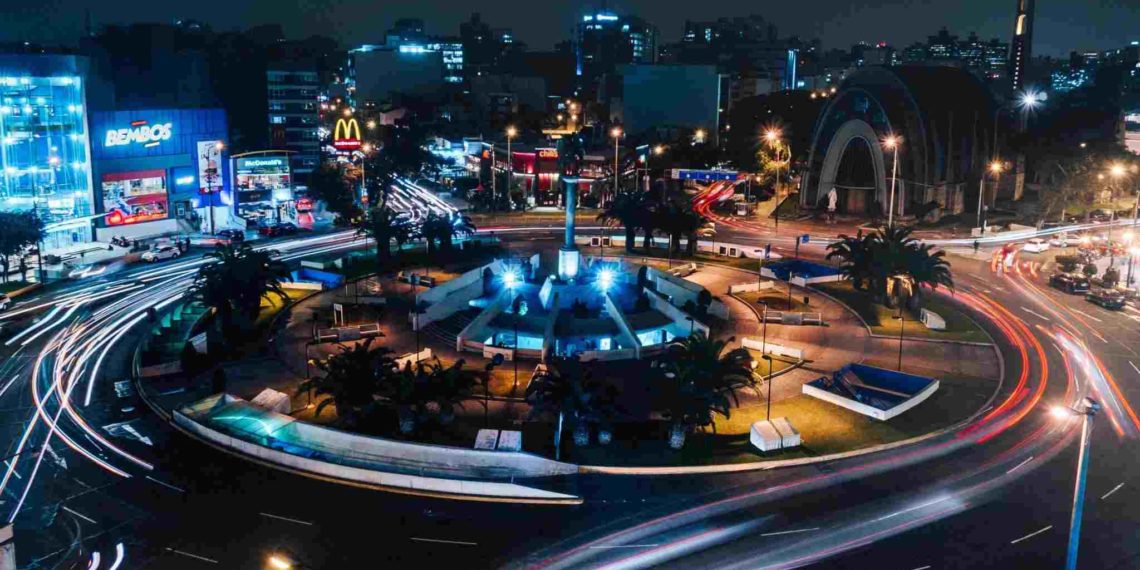March 2, 2020, the Netherlands
This morning I was in a traffic jam and heard the following on the news:
“There are 3 million road signs in the Netherlands. Of which also 20% of these turn out to be superfluous or even pose a danger because they are unclear.”
(To illustrate, we are 17.2 million Dutch people, which means that we have 1 sign per 5.7 inhabitants)
This reminded me of something that I was aware of before and that I was now reconfirmed in;
“We are going way too far in our regulativeness and it simply has the opposite effect”.
The purpose of road signs should be to simplify and facilitate the flow of people and goods as much as possible. Right?
A traffic flow, especially during rush hour, is a complex system of individually moving vehicles. A system where every action that one of these individuals takes can affect the entire system. It is impossible to control all variables, but that is what is being tried in different ways. Matrix signs, rush-hour lane signalling, variable speed indications, and many other methods.
You see the same thing happening in our current organizations. Nowadays we work in an increasingly complex environment. Technological developments, and with it the expectations of users, are going at an exponentially accelerating pace.
In an attempt to control that more complex environment in your organization you can do two things
– Or, you try to control that complexity through even more rules.
– Or, you trust the power of self-organization within teams.
To draw the parallel with controlling complex traffic flows again, I would like to compare the use of traffic lights versus the use of a roundabout to control traffic at an intersection.
You will probably recognize this:
When you arrive at a junction with traffic lights, how much do you really think about it? Be honest, you probably just drive in line behind the car in front of you, you sit down and wait for the traffic light to turn green. You automatically respond to this sign that you can drive again. Until the light turns red, via orange, and you stop. This all works fine as long as everything continues to run predictably. However, at the moment that at such an intersection one of the traffic lights is defective … Panic and chaos.
Now compare this with how you cross an intersection when there is a roundabout. Now you automatically start thinking, participating and anticipating.
There are a few rules like, you drive to the right, all traffic ON the roundabout takes precedence, with multiple lanes you take the outer lane if you want to take the next exit, and that’s about it. A roundabout cannot go “defect” because of a broken light or power outage and handles traffic much faster than through traffic lights.
What assumptions lay behind these two methods?
Traffic light:
- People are unable to cross an intersection independently and must be told what to do.
- Complex problems must be solved with extensive rules and technology to optimize the flow.
- We need a plan to control every possible scenario, flashing lights, arrows pointing left or right, etc.
Roundabout:
- People are perfectly capable of crossing an intersection independently and trust that other road users can do the same.
- Complex problems can be solved with simple rules that leave room for your own insight.
- There are many possible scenarios, but social coordination is sufficient to handle them.
Not only is the use of roundabouts based on a more positive image of mankind and complexity awareness, but research has also shown that the number of traffic accidents with physical injuries on roundabouts is 75 percent lower, yields 89 percent fewer delays and is cheaper in the longer term than in case of traffic lights.
And how do we handle this within our own organizations?
This often works in the same way that we have been used to since the industrial revolution. If the environment (whether internal or external) becomes more difficult to predict, then we try to have a plan ready for as many scenarios as possible. Is there an incident somewhere? Let us do everything we can to close that gap by setting (extra) rules for it to prevent a recurrence. With this behaviour, we try to control complexity which is a lost race to begin with.
Instead, take a good look around and determine how you can build your own roundabout that works for your organization.
Of course, rules are needed. Only minimize these to the strictly necessary ones and focus these rules on providing clarity and structure within which self-organizing teams can make their own decisions based on current circumstances. Rely on the intelligence that they can organize themselves and solve complex problems themselves.
Give it a try, experiment, learn from it and develop your own optimal roundabout.
Retrospective is a way to learn and adapt, let’s learn more about that ritual https://weblog.wemanity.com/at-scale-retrospective/










Comments 1